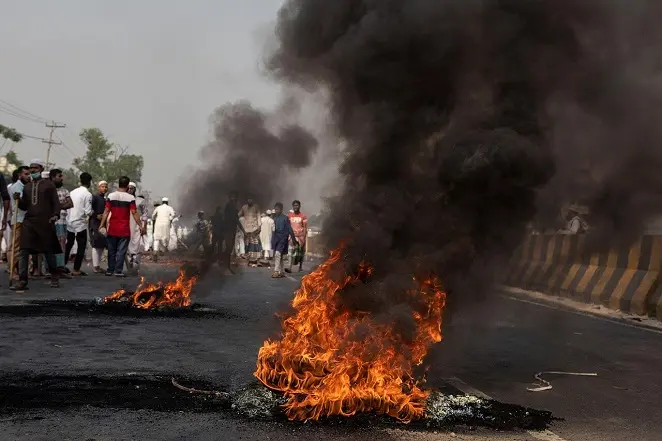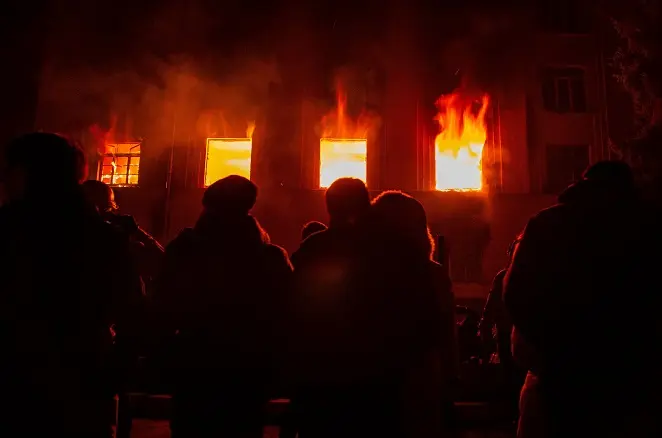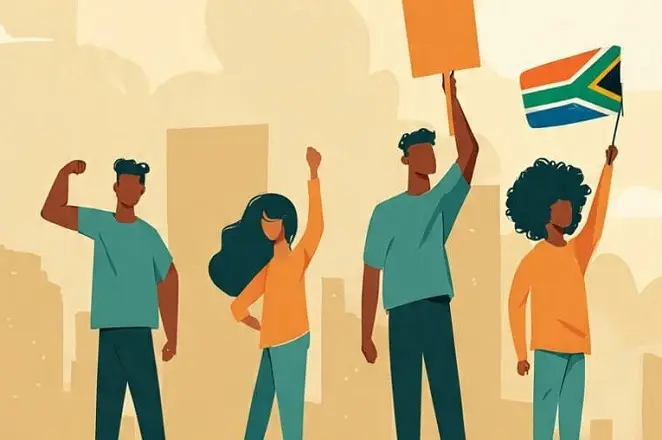What Started the Protests in Nepal
When I first read about the Nepal Gen Z protest in 2025, I was shocked. What started as anger over a social media ban quickly turned into something much bigger. Thousands of young people filled the streets of Kathmandu and other cities, demanding real change. It wasn’t just about losing TikTok or Facebook, it was about years of frustration boiling over.
Why the Protest Started
In September 2025, the Nepalese government decided to ban several social media apps, including TikTok, YouTube, and Facebook. Officials said it was to stop misinformation and protect people from harmful content. But to young people, it felt like censorship , another way to silence their voices.
For many Gen Z Nepalis, social media was more than just entertainment. It was their space to speak up, share ideas, start small businesses, and feel seen. When the ban came, it felt like the door to their world was suddenly slammed shut. But instead of staying quiet, they turned their anger into action.
Beyond the Ban: The Real Reasons
As protests grew, it became clear that the social media ban was only the spark , not the fire. The deeper reasons ran much deeper. Many young people said they were tired of corruption, nepotism, and broken promises. They felt like the same political families kept all the power while the rest of the country struggled.
Unemployment has been high for years, and a lot of educated young people have to leave Nepal to find jobs abroad. Those who stay behind often face unfair systems and lack of opportunities. When they see government leaders living comfortably while many families can barely afford food, it builds resentment.
The protesters weren’t just demanding their social media back. They were demanding a future , one that’s fair, honest, and full of opportunities.
A Generation That Refuses to Stay Silent
The protests, led mostly by Gen Z, showed a new kind of energy. These young people grew up in a digital world, so they knew how to organize, spread messages, and inspire others even when the internet was restricted. Some used VPNs, others used offline networks. It was impressive how creative they were.
Many protesters said they wanted a government that listens, not one that controls. They spoke about how corruption hurts ordinary people , from education and healthcare to simple things like getting a job or a loan. They wanted transparency, fairness, and real accountability from leaders who had ignored them for too long.
Even after police clashes and chaos in the streets, the spirit of the protest didn’t die. It only showed how passionate Nepal’s young generation has become about its future.

Madagascar’s Youth Are Fed Up: Why Gen Z Took to the Streets
Read More
What This Movement Means for the Future
The Gen Z protests in Nepal are more than just a political story. They are a message to every country where young people feel unheard. They show that the new generation is not lazy or careless , they are aware, emotional, and ready to fight for their rights.
Maybe this is a turning point for Nepal. If leaders listen, the country could change in powerful ways. But if they ignore the message again, more frustration will build.
As someone reading about it from afar, I feel inspired. These protests remind us that even in difficult times, standing up for fairness and truth matters. Maybe the real lesson is that young people everywhere want the same thing , a chance to live with dignity and hope.


